Category: Anatomy
-
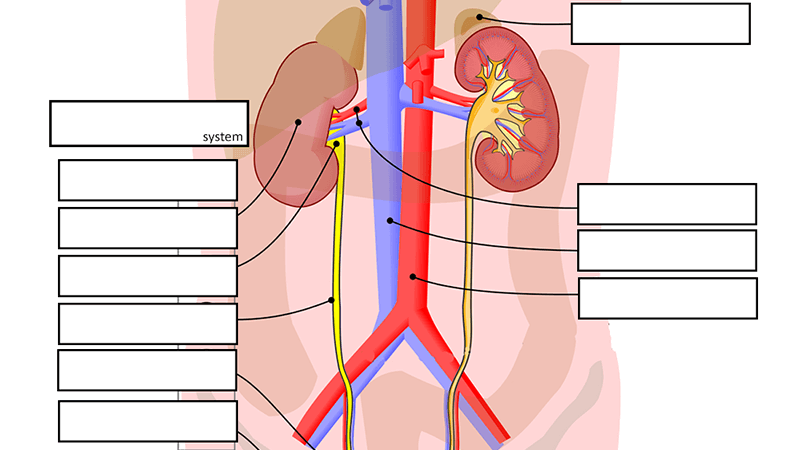
Urinary System Label
This image was modified from a wikimedia file so that students can fill in the answers. I have made four versions within a Google doc for either practice or differentiation. One version just has boxes for students to name the structures, and a second version has a word bank for developing learners. The other versions…
-
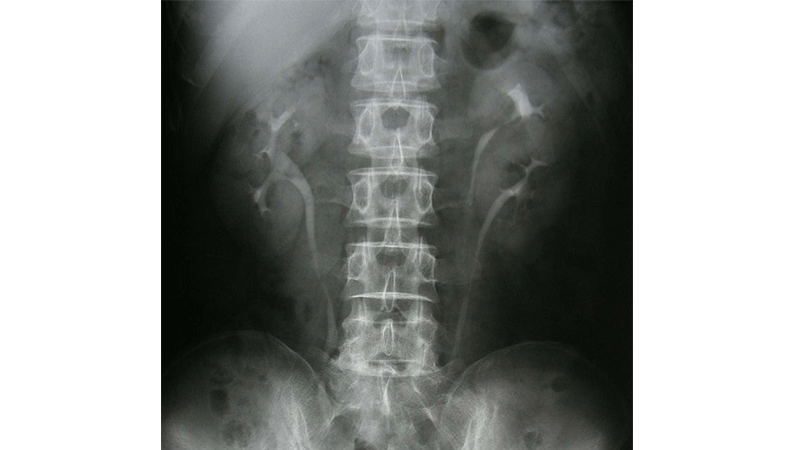
Case Study: Diaper Drama
A case study on the urinary system. Students learn about a baby with recurring urinary tract infections due to a duplicate ureter.
-

Investigation: Villi Height
Use a Netlogo simulation to observe how different heights of villi within the intestine affect absorption rate. Change the height of villi or size of food.
-
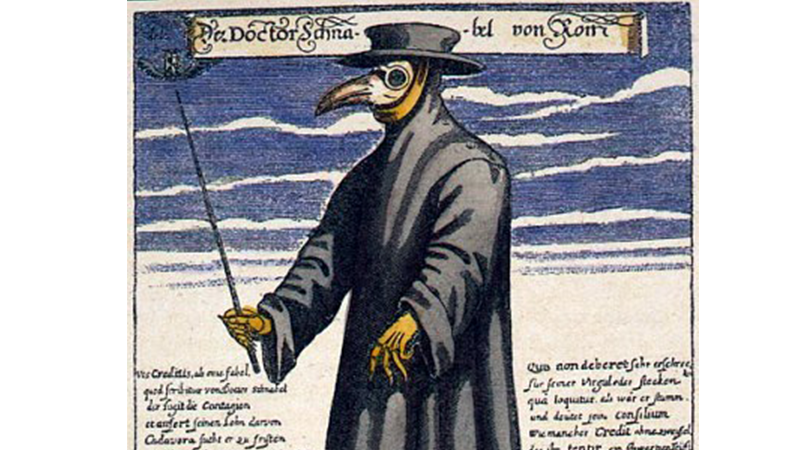
Infectious Disease Project
Create an infographic, poster, or pamphlet that instructs the public about a disease. Choose a historic disease, like bubonic plague and develop a presentation.
-
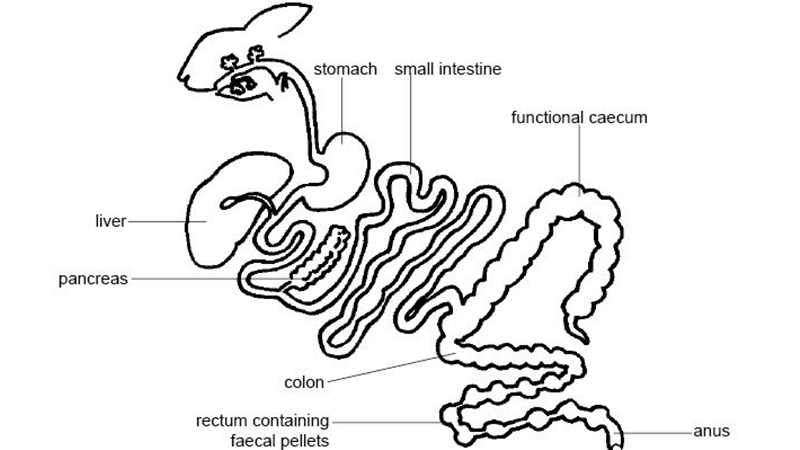
Label the Digestive System of a Rabbit
Students in biology may or may not do extensive dissections, but most biology classes do include a unit on comparative anatomy. Many teachers substitute dissections with virtual labs or paper versions of dissections where students label, color, or cut out parts. This worksheet shows a simplified diagram of a human and a rabbit digestive system…
-
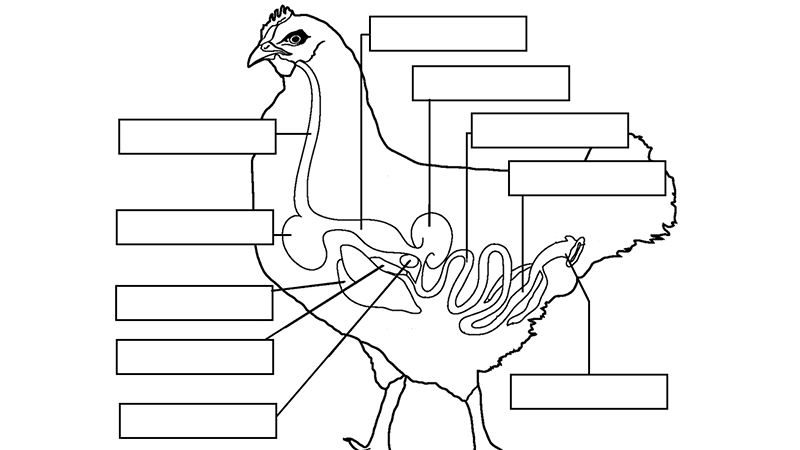
Bird Digestive System
This worksheet provides an image of a chicken focused on the digestive system as part of an overall unit on comparative anatomy. Students label the major organs of the system which are similar to the human and frog. The chicken does have some digestive system adaptations , such as a crop, proventriculus, and gizzard, which…
-
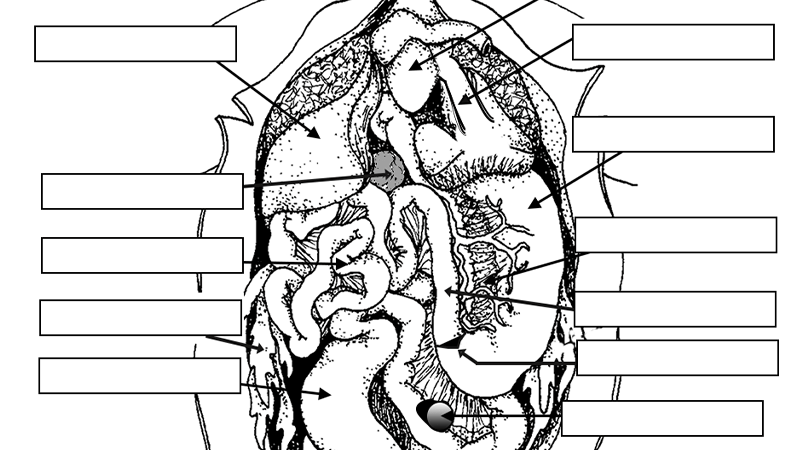
Frog Anatomy Label
This worksheet is a supplement to the frog dissection activity where students examine a preserved specimen. The main structures of the abdominal cavity are shown on this image and students practice identifying them using the included word bank. ( The worksheet could be modified to not include it should students need a greater challenge. )…
-
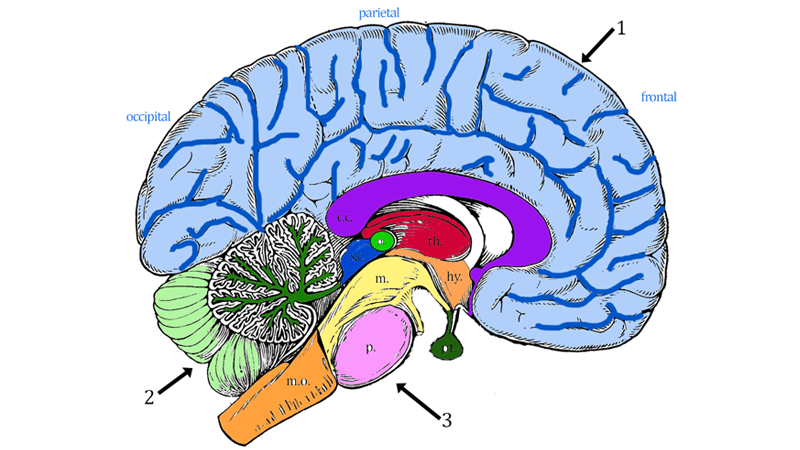
Brain Anatomy (Coloring)
Students learn brain structures and their functions by reading short descriptions and coloring an image. The description are organized into three main areas of the brain: cerebrum, cerebellum, and brain stem. The brain stem also includes structures of the diencephalon (thalamus and hypothalamus). In addition to coloring the image according to the directions, students identify…
-
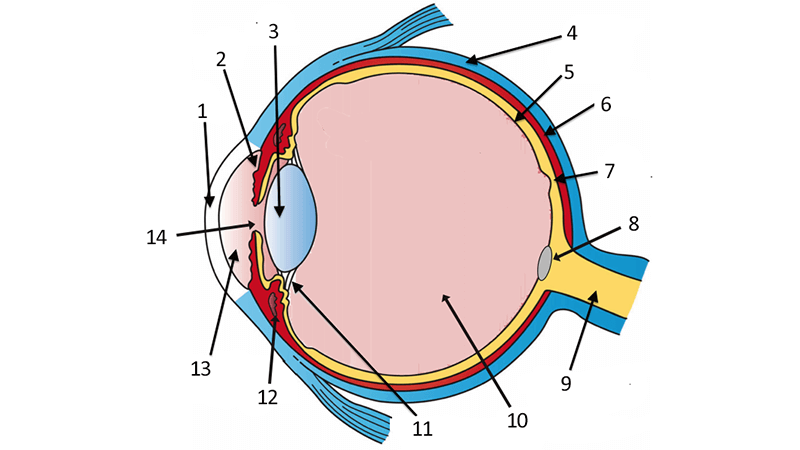
Label the Eye
This worksheet shows an image of the eye with structures numbered. Students practice labeling the eye or teachers can print this to use as an assessment. There are two versions on the google doc and pdf file, one where the word bank is included and another with no word bank for differentiation. You could also…
-
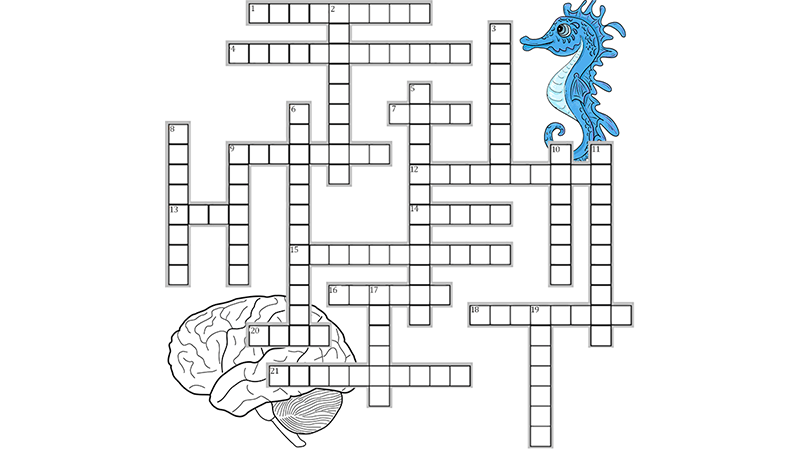
Brain Crossword
Students can practice their knowledge of the brain by completing this crossword puzzle. The puzzle includes information about the lobes of the brain (frontal, occipital, parietal, and temporal) as well as specific structures within the brain and their function. The terms are intended for students of anatomy and physiology, where they must explore details of…
-

Anatomy and Physiology Lesson on Tissues
Phenomenon based unit where students examine the case of a child with the epidermolysis bullosa.
-
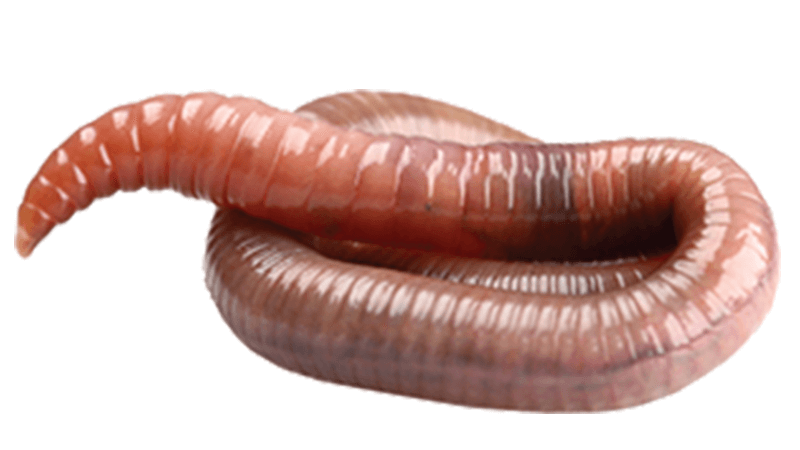
Investigation: Earthworm
This earthworm lab is a revised version of the observation lab that I have used for years. I wanted to make the lab more open-ended and include terminology within the lab instead of expecting them to know it from their notes or textbooks. Taxonomy chapters on annelids and other invertebrates are being phased out, and…
-
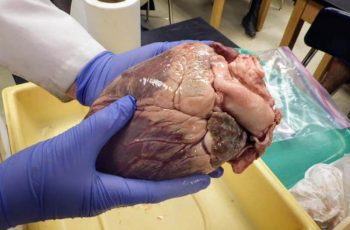
The Desperate Dozen
This is an introductory lesson for anatomy and physiology that I use as an icebreaker during the first few days of school. Students start learning classroom norms, particularly how to work in groups and what group expectations are. In this activity, students must decide the order in which hearts will be allocated to people needing…
-
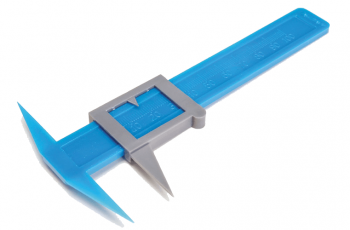
Explore the Senses
Students rotate between 6 stations where they perform tasks to perform related to the senses, such as two point discrimination and reaction time.
-

Label and Color the Urinary System
This simple worksheet asks students to label the major structures of the urinary system. They can also choose to color the diagram. I use coloring sheets in anatomy and physiology classes but this could also be used in biology or as a supplemental graphic for a frog or fetal pig dissection. Though many of my…

